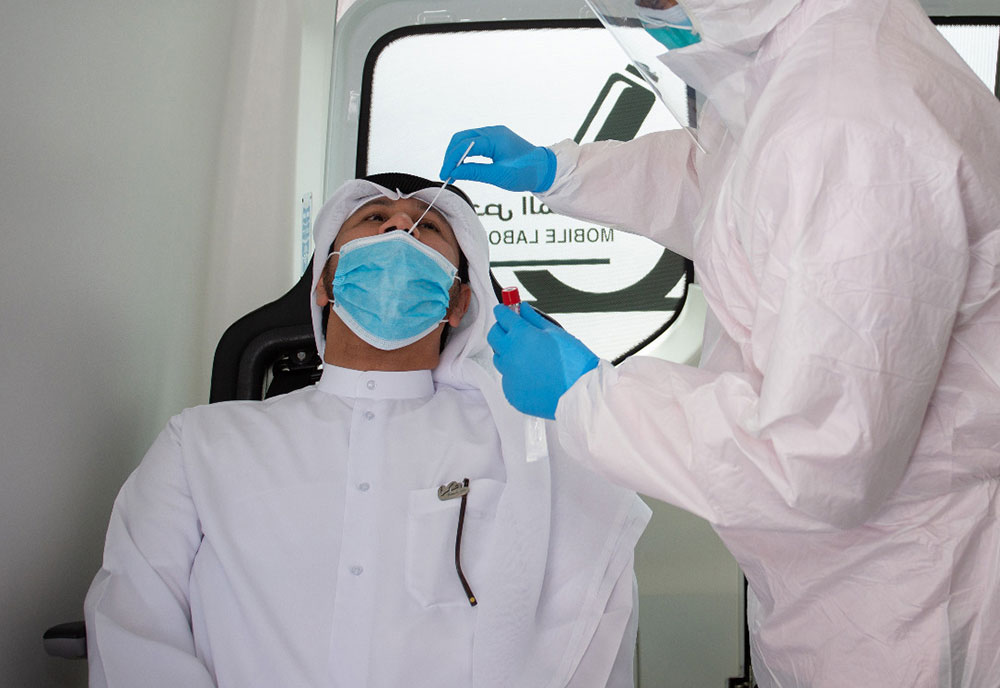The Abu Dhabi Emergency, Crisis and Disasters Committee on Friday announced updated procedures for entering the emirate amid concerns to prevent the spread of coronavirus.
In a series of tweets, the committee said that residents and visitors of Abu Dhabi, starting on Saturday, will be able to enter the emirate upon presenting a negative result for the PCR or diffractive phase interferometry (DPI) test, within 48 hours of receiving the result.
Updated: Latest figures show cases rise over 700
The laser scan does not require a prior result from the PCR examination which is a relaxation of the rules announced late last month, it said.
Clarifications to questions and inquiries received regarding the latest announced measures for entering Abu Dhabi emirate. We appreciate everyone’s high level of engagement, their adherence to directives, and their commitment to preventative measures for the community’s safety. pic.twitter.com/R5rGEfmuQF
— مكتب أبوظبي الإعلامي (@admediaoffice) September 4, 2020
Under the new rules, residents and visitors who stay for six consecutive days or more within Abu Dhabi must now take a PCR test on the sixth day of each visit “in order to protect the health and safety of the community” it added.
A tweet by the official Abu Dhabi Media Office said: “We appreciate everyone’s high level of engagement, their adherence to directives, and their commitment to preventative measures for the community’s safety.”
It added that according to scientific studies, the PCR test being repeated on the sixth day aims to detect cases in their “preliminary stages” and prevent the spread of the infection.
New rules requiring commuters entering Abu Dhabi to take a Covid-19 swab test came into force late last month.
From August 27, drivers and passengers could only pass through the border from Dubai if they can provide proof of a recent PCR negative test as part of measures to curb the spread of infections.
The PCR test works by taking a sample from the throat or nose. Scientists then examine it in a laboratory to detect the virus’s genetic material.
For the laser test, a drop of blood is taken that is analysed using a laser beam of light. It looks for changes in blood cells.







